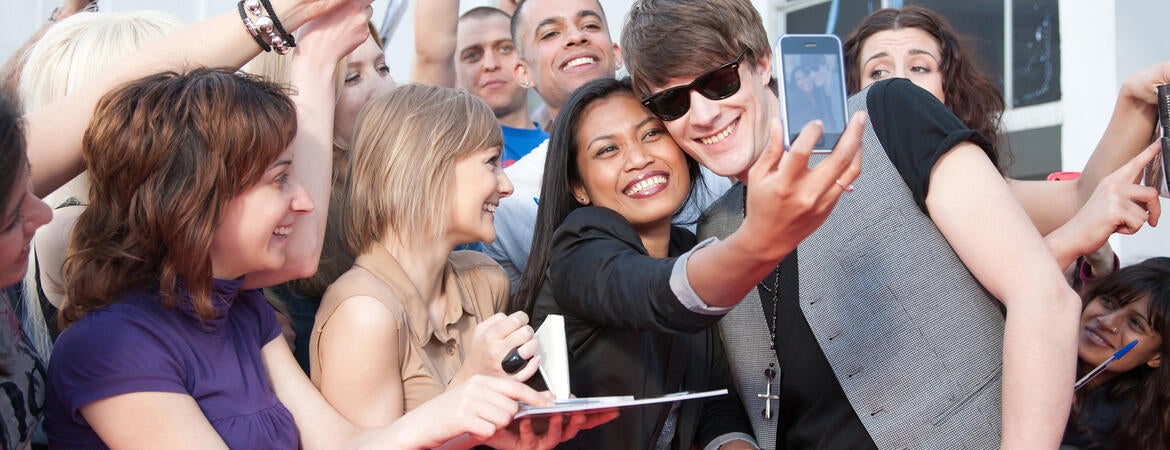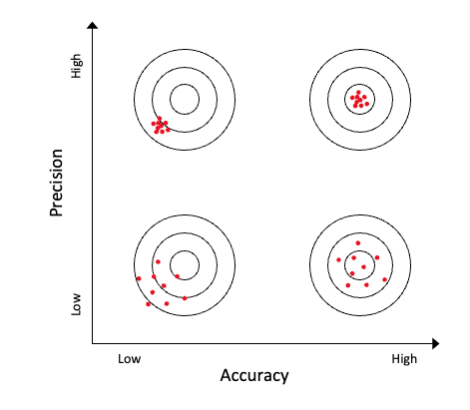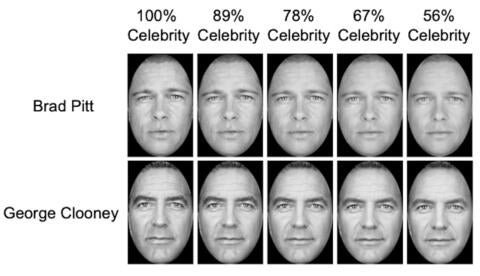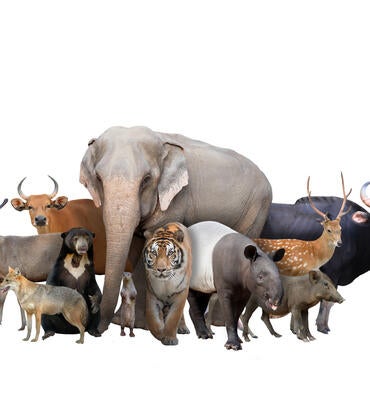
Their popularity makes celebrities easy to spot. Strangers, however, can also get mistaken for celebrities, resulting in cases of false “celebrity sightings.” In attempting to explain the contradiction, a University of California, Riverside, study reports that celebrity faces are remembered more precisely but less accurately.
Precision, in this context, refers to how memories for a particular face resemble each other over repeated memory retrievals, which can be likened to the clustering of arrows on a target in archery. Accuracy measures how remembered faces resemble newly encountered faces — or the deviation from the target in archery.
“What our findings say is that people might accept errors by misidentifying someone as a celebrity in the interest of securing a ‘celebrity sighting,’” said Weiwei Zhang, an associate professor of psychology, who led the study that appears in the journal Psychonomic Bulletin & Review. “Our study explains why people are good and bad at spotting celebrities and highlights the importance of assessing both memory imprecision and bias in memory performance.”
The study tested 52 college students’ memory for morphed faces that looked like the celebrities Anne Hathaway, Brad Pitt, Zendaya Coleman, or George Clooney. The goal was to assess whether and how prior familiarity with celebrities affects participants’ memory performance.
The researchers collected a total of eight face stimuli: those of Hathaway, Pitt, Coleman, and Clooney, and four non-celebrity faces. Participants were first briefly presented with a photo of a celebrity or non-celebrity. After a short interval, they were presented with a test face and asked if it was the same face as the studied face (test faces were the same half the time and altered the rest of the time). For instance, if the first photo was 100% celebrity, the test face could be altered to 78% celebrity 50% of the time, Zhang said. The same procedure was followed when participants were first shown photos of non-celebrities.
“We found that familiarity with celebrities led to sharpened and more precise memories for celebrities as compared to non-celebrities,” he said. “But it also led to impaired memory accuracy, where celebrity lookalikes or morphed faces were misremembered as celebrities.”
According to Zhang, the findings can help explain a tradeoff in human behavior.
“Familiarity with celebrities in our study is key for the variance-bias tradeoff in face recognition for celebrities,” he said. “We don't seem to do this for anyone else.”
Bias and variance are prediction errors. The total error is the sum of these two error terms, resulting in a trade-off between the two. In machine learning, bias is the difference between the average prediction and the correct value. Variance is a measure of the spread of data points. The variance-bias tradeoff, as its name suggests, is the tradeoff between variance and bias. Finding a good balance between these prediction errors helps minimize the total error.
Zhang explained that human cognition appears to work like machine learning; where cognition is concerned, variance, which is the opposite of precision, and bias, which is the opposite of accuracy, would need to trade off each other to maximize the opportunity to process and represent information.
“The conventional wisdom is that we want our memory to be super accurate and precise,” he said. “But such a rigid memory would not be able to accommodate the variance seen in natural stimuli. For instance, with different lighting conditions, makeup, dresses, and hairstyle, a person’s look can vary greatly. Our memories have to be noisy and vague enough — high variance — to support face recognition with all the variance we find in looks. However, when our memory is vague, face recognition can fail from time to time, which is not optimal in celebrity sightings, given that we don't want to miss encounters with celebrities. So as a solution, we introduce recognition biases in the mix. We start identifying strangers or celebrity lookalikes as celebrities as an overcorrection for vague memories.”
Zhang is unsure if the findings have applications beyond faces — to objects and places, for example.
“It is at least theoretically possible that the variance-bias trade off may be extended to objects and places of importance to individuals,” he said. “We think our findings may be related to déjà vu experiences in that we may have inaccurate but subjectively strong memories.”
Next, the research team plans to conduct research to assess how memory accuracy and precision interact with each other and how these two aspects of memories are encoded in the brain.
Zhang was joined in the study by Bo‐Yeong Won and Hyung‐Bum Park. Won is now an assistant professor of psychology at California State University Chico. Park is now a postdoctoral fellow at the University of Chicago.
The study was funded by the National Institute of Mental Health, the lead federal agency for research on mental disorders.
The research paper is titled “Familiarity enhances mnemonic precision but impairs mnemonic accuracy in visual working memory.”
Header image credit: Robert Daly/Getty Images.





